tour@lotushimalayatours.com.np
tour@lotushimalayatours.com.np(+977) 9843 806669 ( 24 X 7 in Viber / Whats App )
(+977) 9843 806669 ( 24 X 7 in Viber / Whats App )Hotel Road, Lazimpat, Kathmandu, Nepal
Hotel Road, Lazimpat, Kathmandu, Nepal

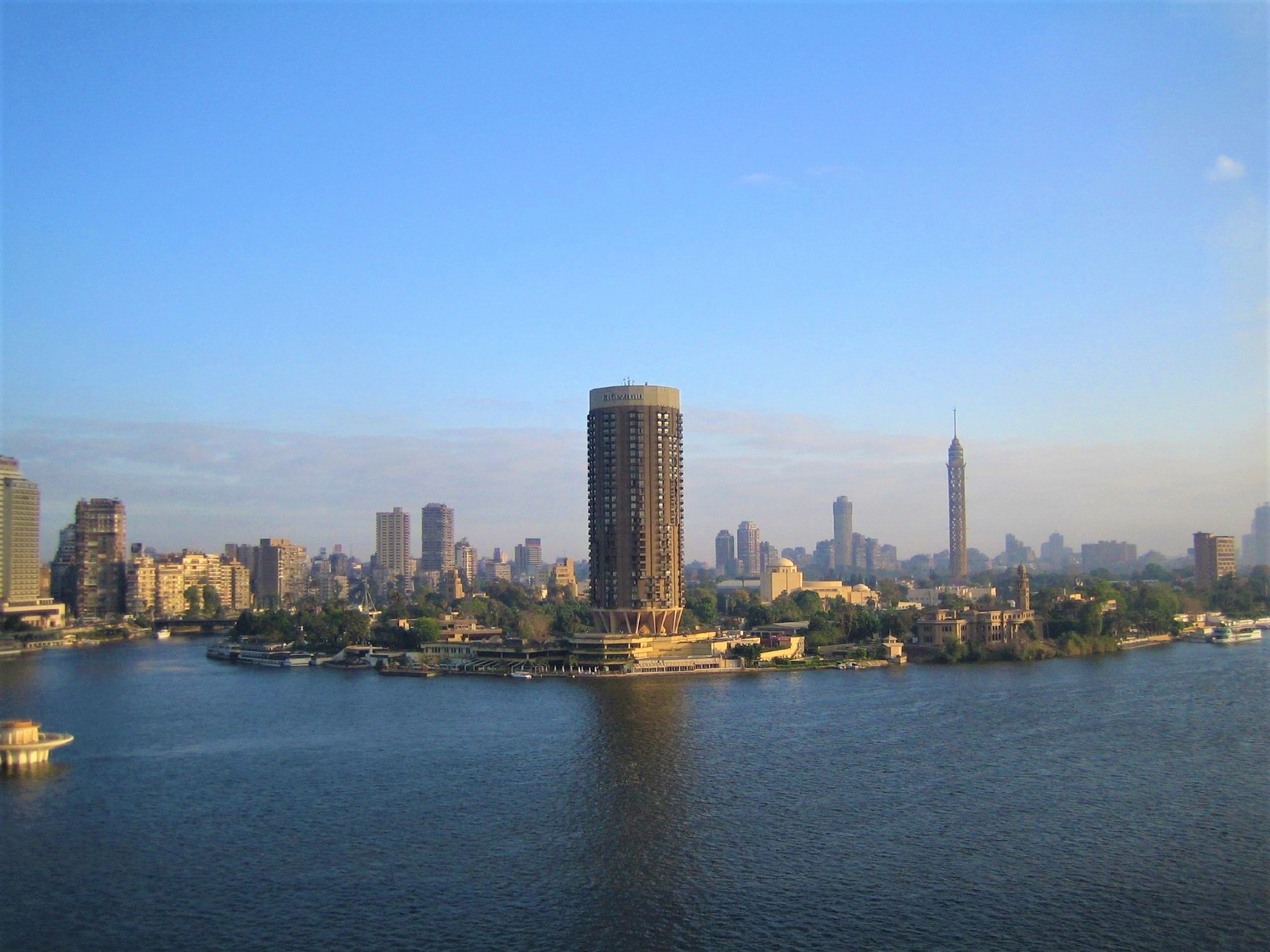




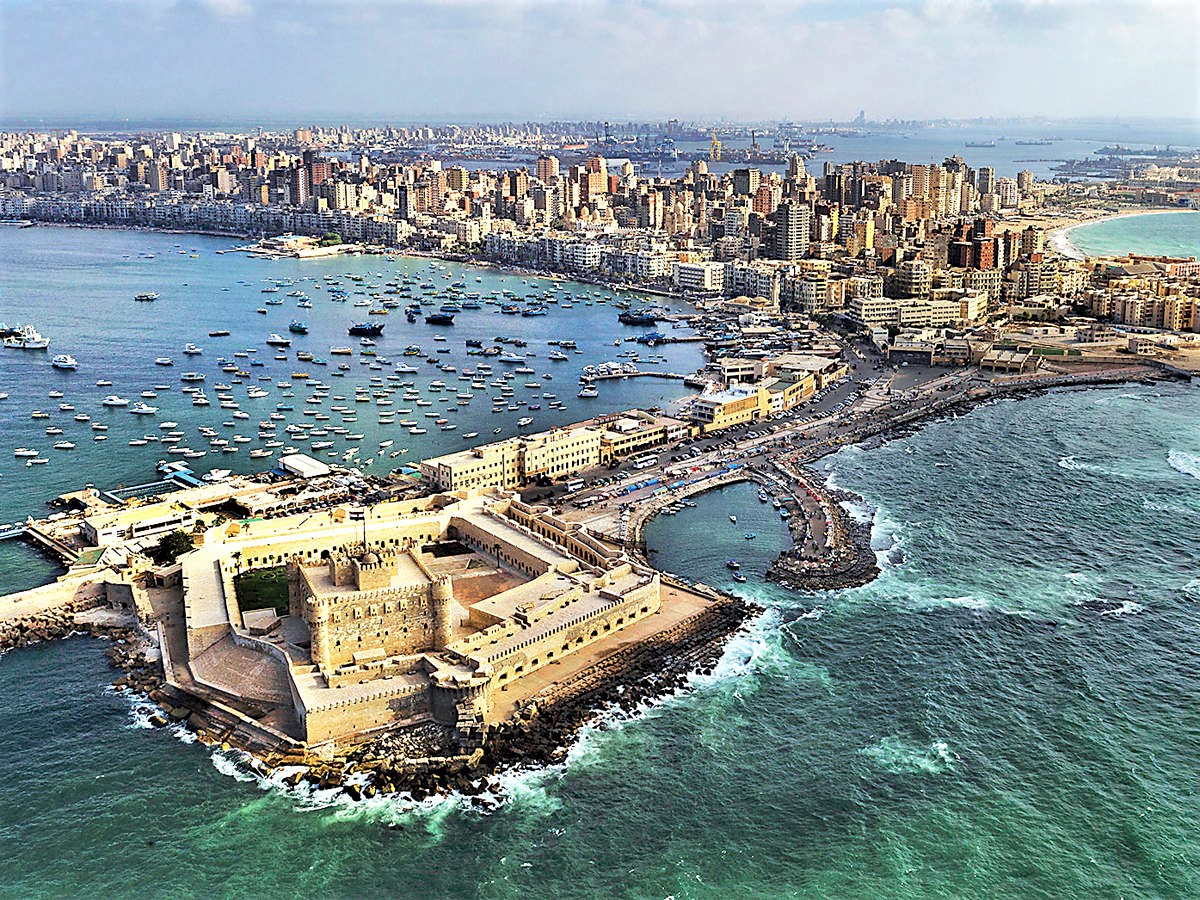
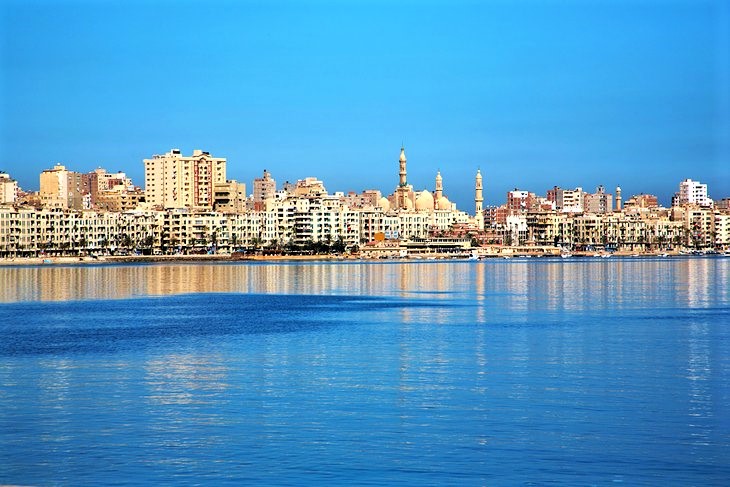
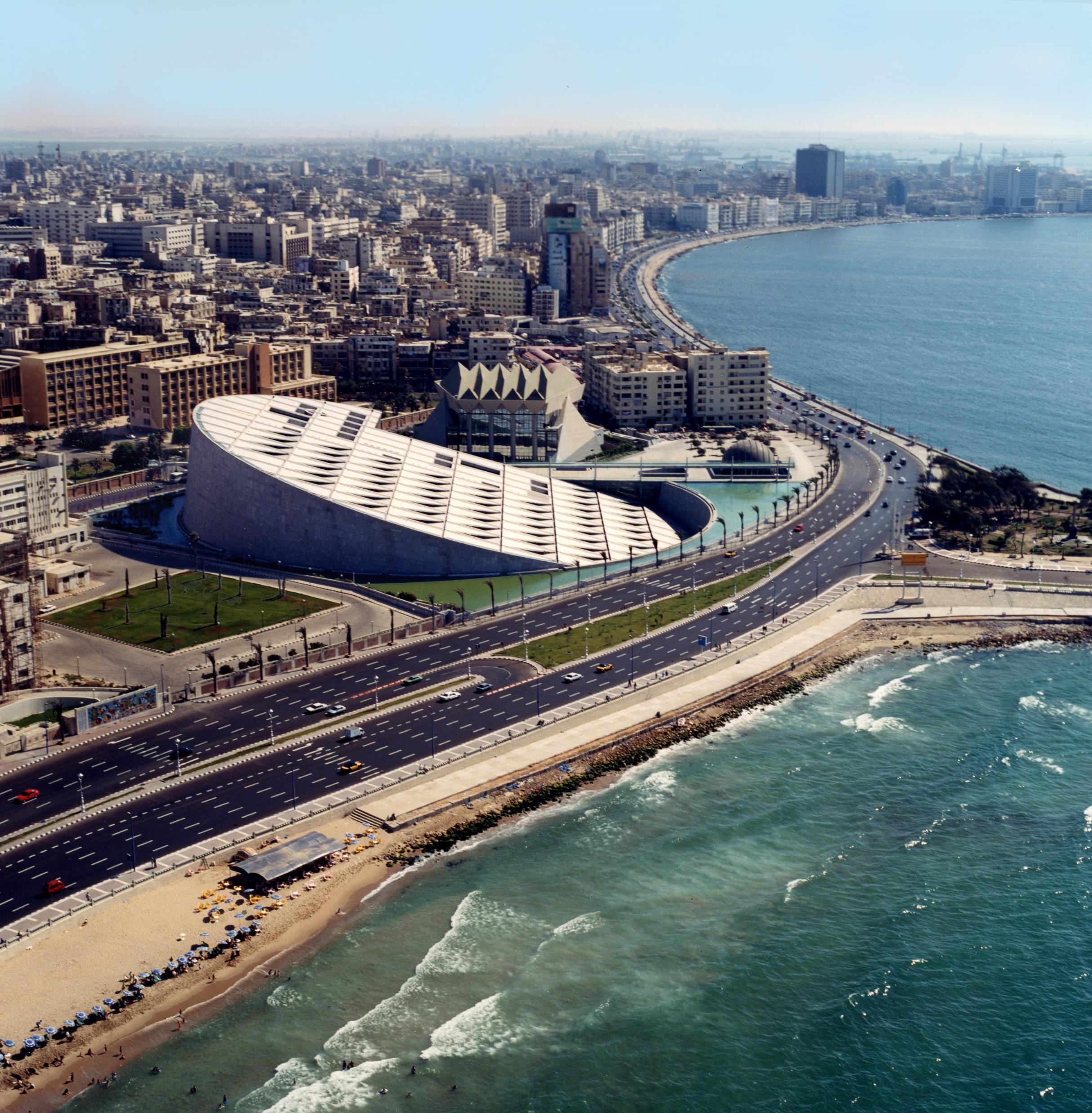
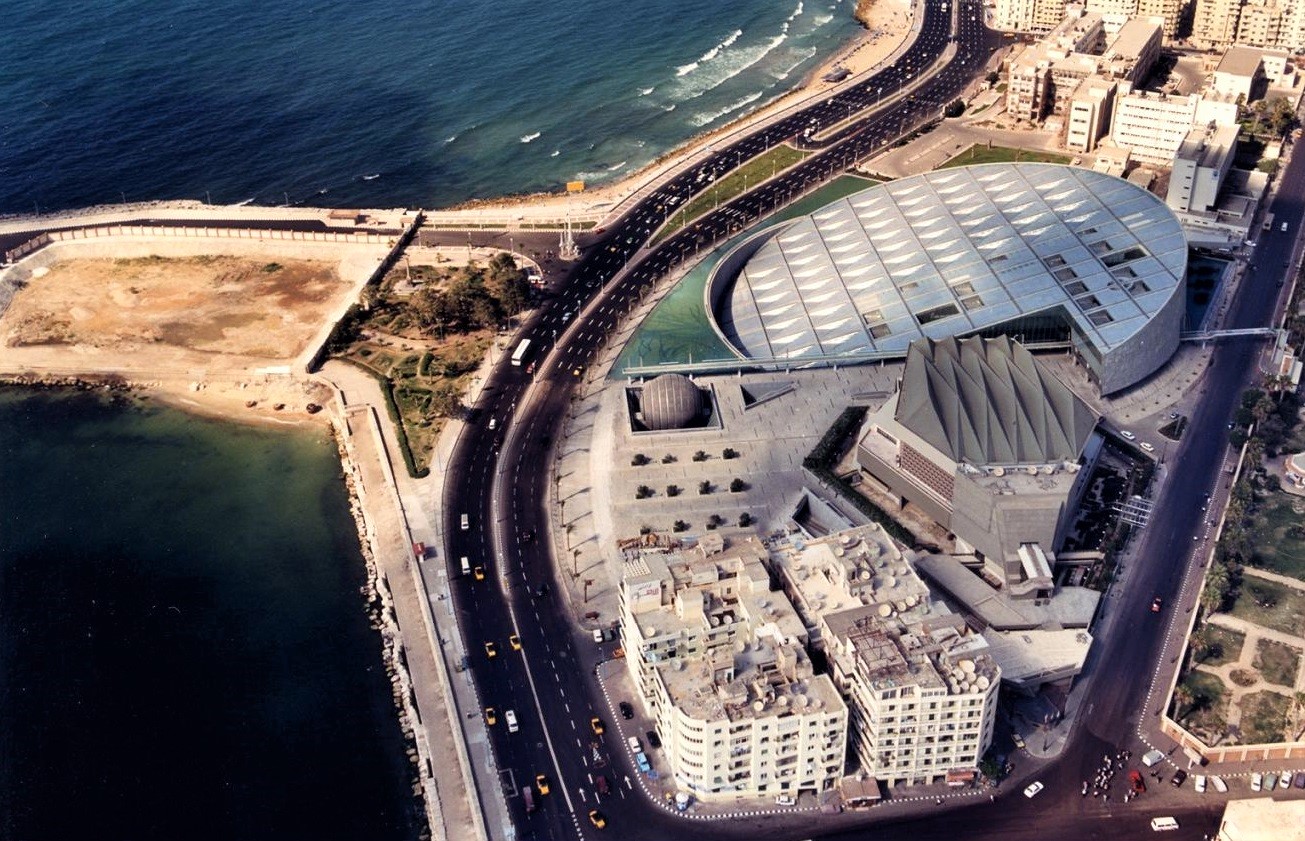
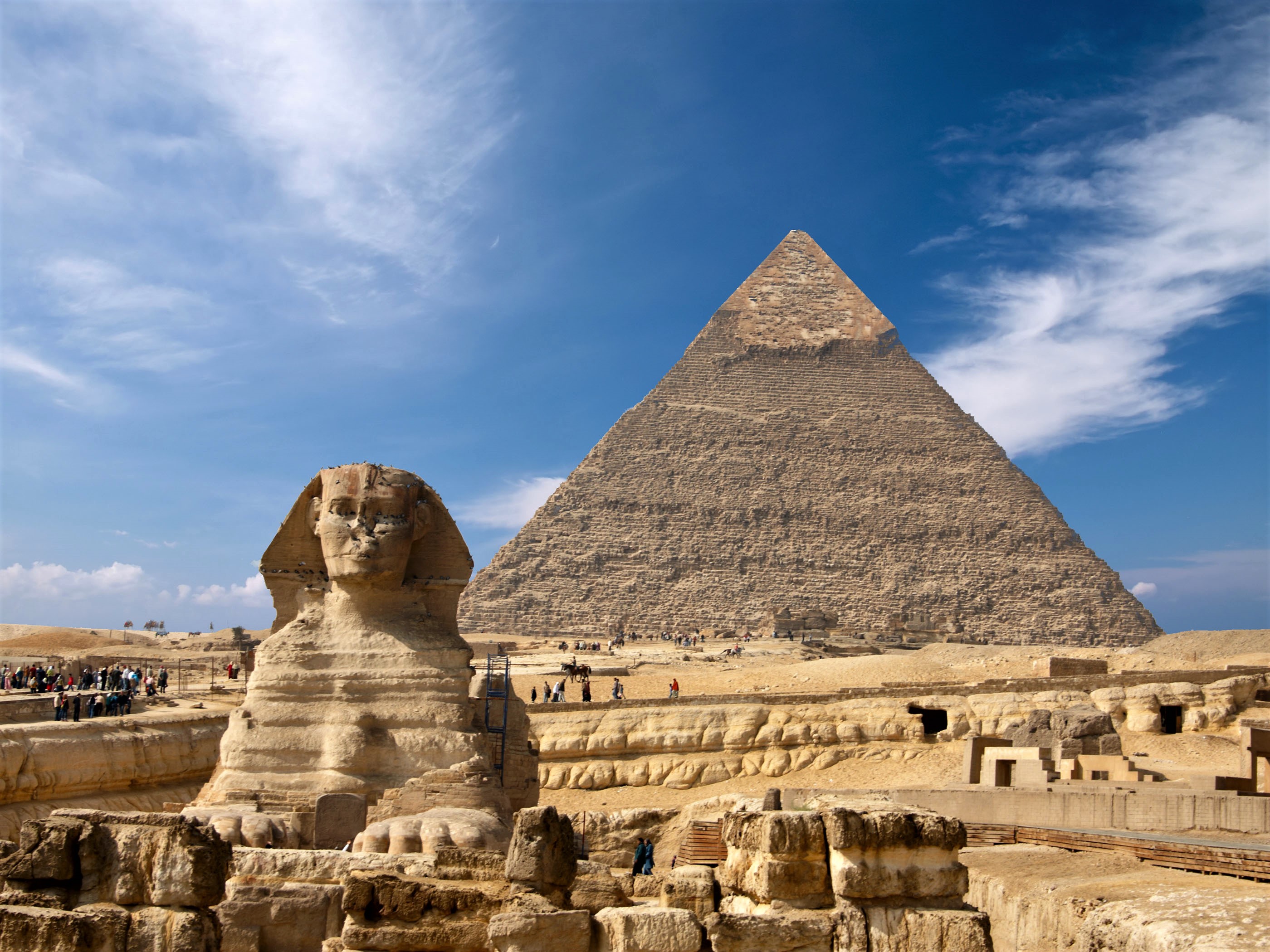
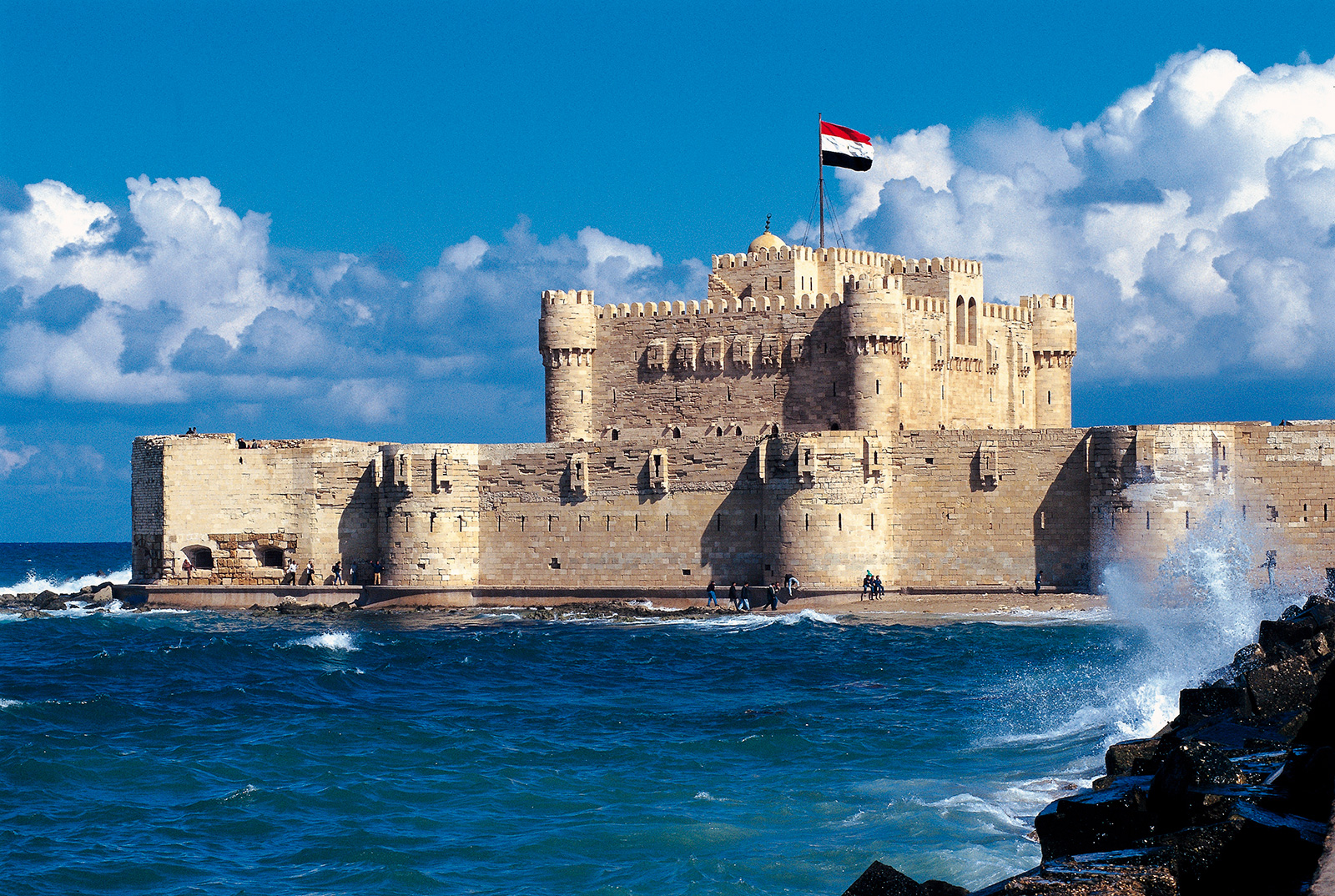
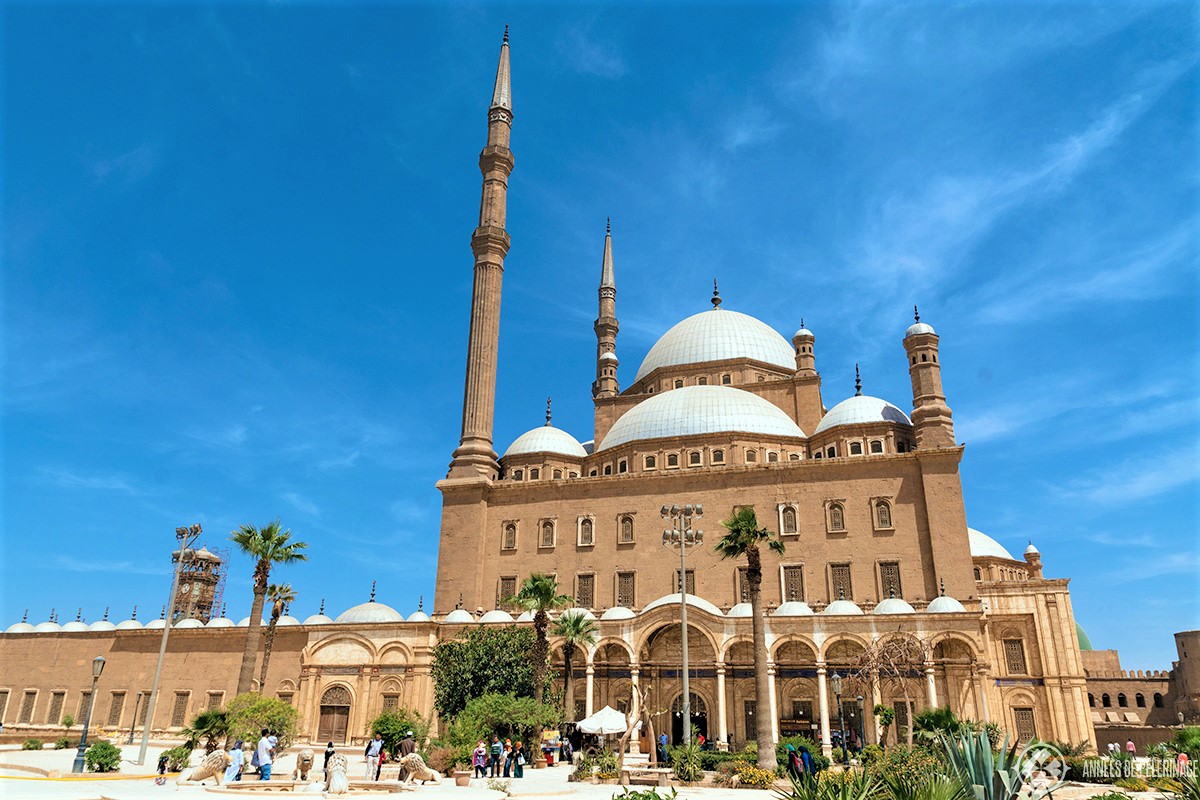
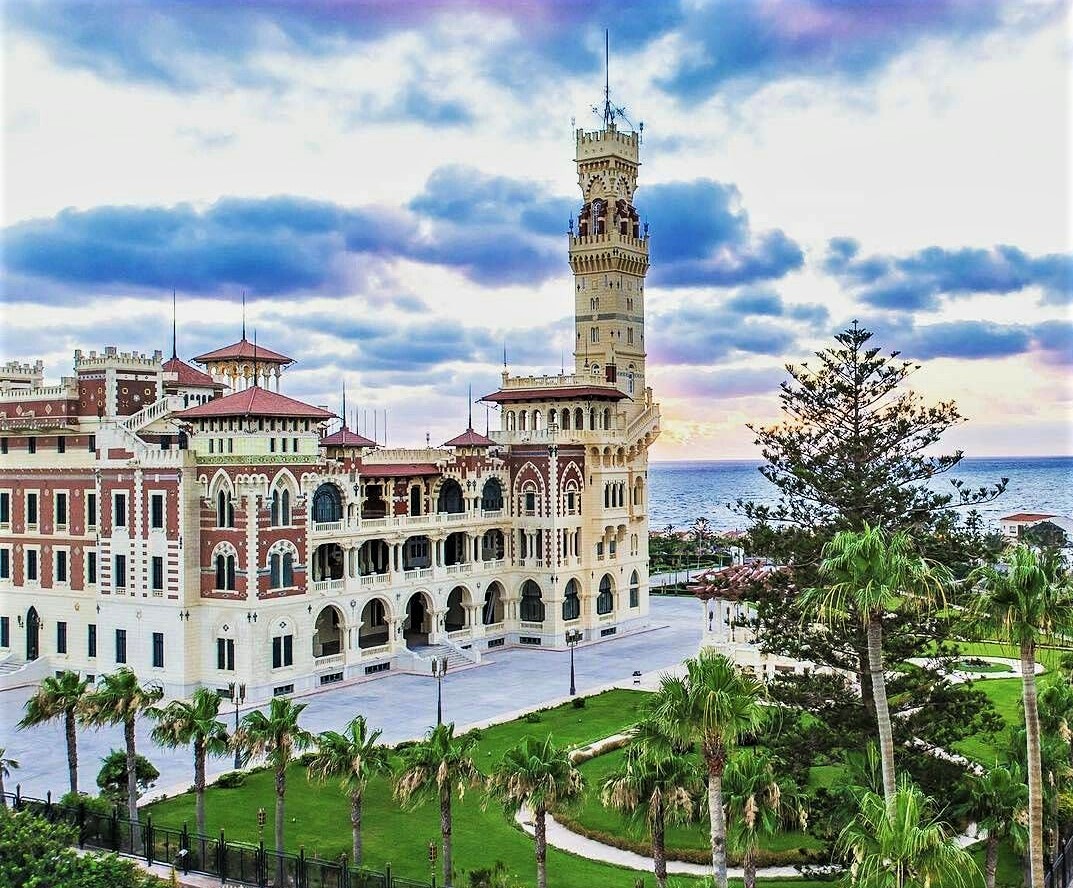
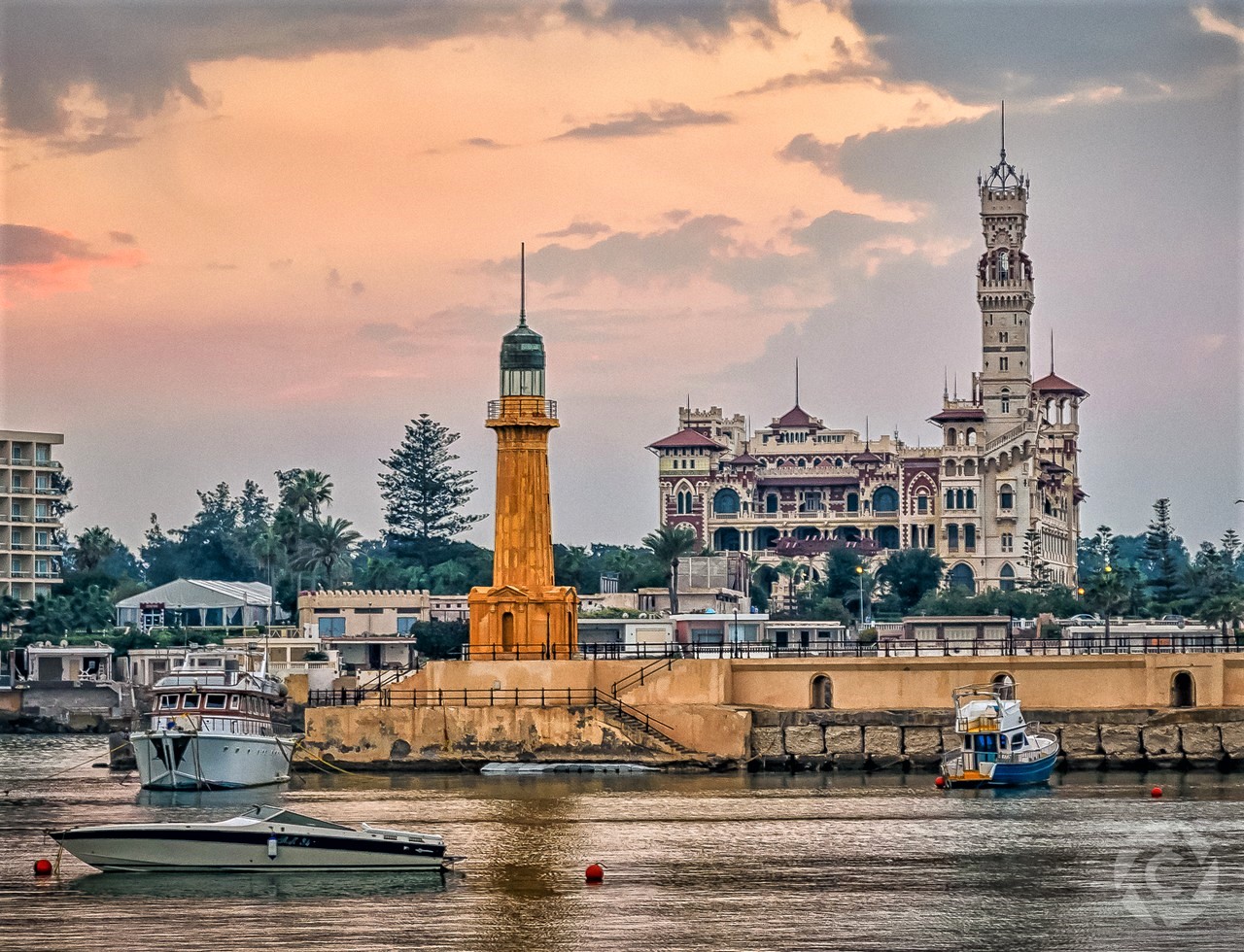

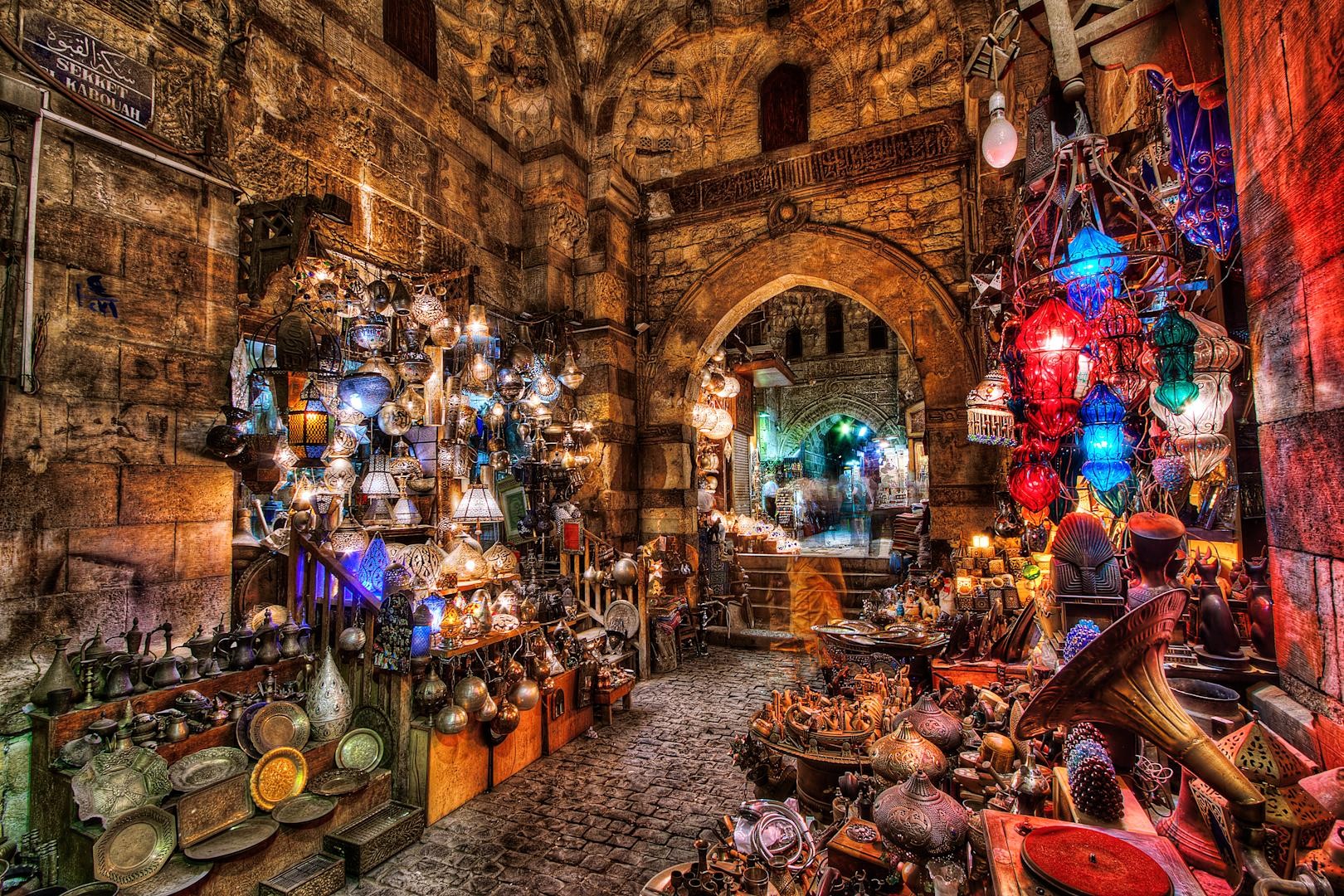

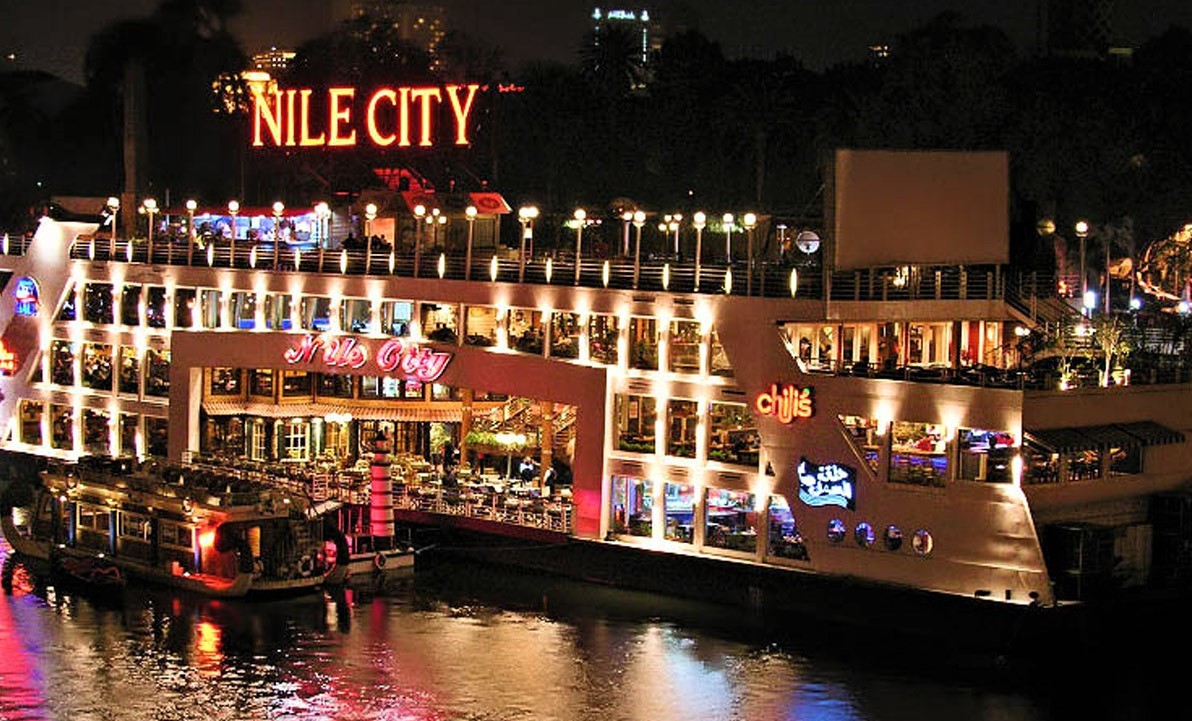
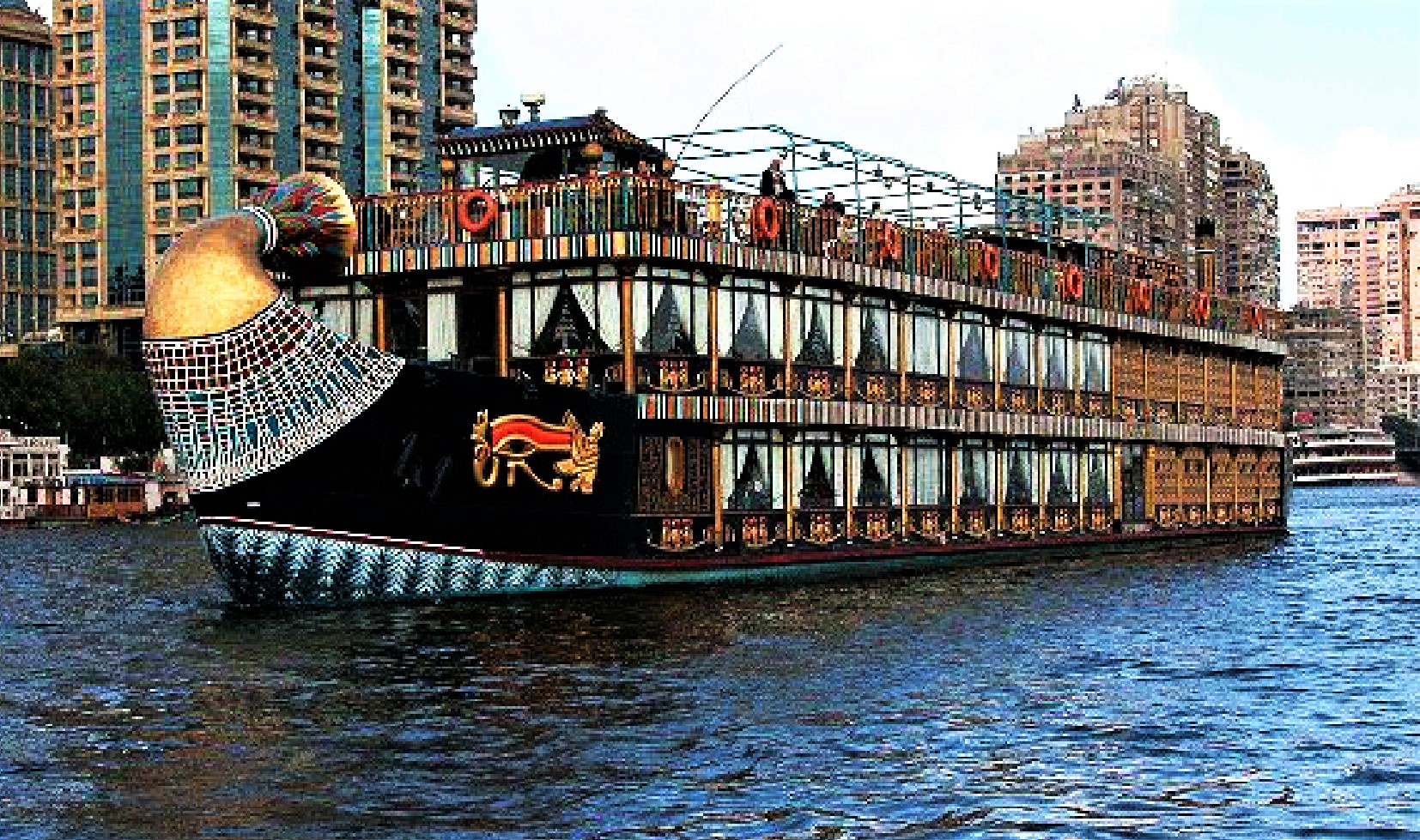




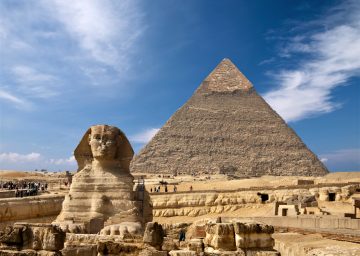 BEST OF EGYPT
Destinations Cities : Cairo(2 Nights) / Train(1 Night) / Cruise (2 Nights) / Luxor(1Night) / Train (1Night) / Cairo (1Night)
Starting From : NPR 1,50,000 /- Per Person (Minimum 2 Travelers)
Duration : 9 Days
Includes :
BEST OF EGYPT
Destinations Cities : Cairo(2 Nights) / Train(1 Night) / Cruise (2 Nights) / Luxor(1Night) / Train (1Night) / Cairo (1Night)
Starting From : NPR 1,50,000 /- Per Person (Minimum 2 Travelers)
Duration : 9 Days
Includes :
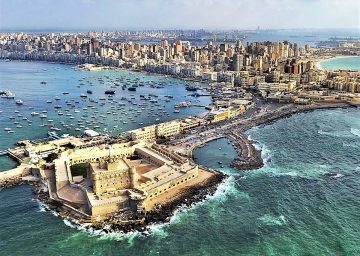 GLIMPSE OF EGYPT – 4N/5D
Destinations Cities : Cairo (4 Nights) with a day visit to Alexandria
Starting From :
Duration : 5 Days
Includes :
GLIMPSE OF EGYPT – 4N/5D
Destinations Cities : Cairo (4 Nights) with a day visit to Alexandria
Starting From :
Duration : 5 Days
Includes :
 WINDOWS TO CAIRO – 3N/4D
Destinations Cities : Cairo (3 Nights)
Starting From :
Duration : 4 Days
Includes :
WINDOWS TO CAIRO – 3N/4D
Destinations Cities : Cairo (3 Nights)
Starting From :
Duration : 4 Days
Includes :
Egypt – literally meaning “The Great Oasis”. In the world map, this is a transcontinental country – situated in northeastern Africa and on the Sinai Peninsula in Western Asia (Middle East).
Its capital is Cairo which is also the largest city of country. The country has a coastline at the Mediterranean Sea in north, and
the Gulf of Suez and the Red Sea in east. The Sinai Peninsula of Egypt bridges the gap between Africa and Asia.
Egypt is a land bustling with life, sound, visual beauty and excitement. For thousands of years, it has been the playground of emperors and kings. Home of the ancient Pharaohs, Egypt is a dazzling destination of temples and tombs that wow all who visit.
The Nile river is a natural gift to Egypt. It is 1,545 Km in the length and is the longest in the world. Nile river still exerts a
uniquely powerful role in the fate of this country. The cruising experience in the Nile river is also a perfect platform to see many of the most spectacular monuments & temples of the ancient cities of Egypt.
Besides all these ancient monuments Egypt also offers the Red Sea scuba diving, hot night spots, luxury hotels and five star restaurants. It is romantic cruises down the Nile on festive river boats, a night at the grand opera and it is a cultural experience like none you have ever experienced. More than anything else, Egypt is a fun destination.
QUICK FACTS ON EGYPT :-
CAPITAL :: Cairo
NUMBER OF STATES :: 29
LARGEST CITY :: Cairo
NATIONAL LANGUAGE :: Arabic ( Modern Standard )
RELIGION :: medieval Islam 90% Sunni , the Coptic Orthodox ( native Christians,)10% (In Alexandria)
AREA :: 1,010,408 km2
POPULATION :: 94,798,827 ( 94 Million ) [ as in 2017]
CURRENCY :: Egyptian pound (EGP)
MAJOR CITIES ::
[1] CAIRO ::
Situated in the norther Egypt, Cairo is chaotic & colorful and is the capital city of the country too. Cairo is also a UNESCO World Heritage Site and is full of cultural landmarks.
Located near the Nile river delta, modern Cairo was founded in 969 AD by the Fatimid dynasty. Because of the existence of the innumerable Mosques in Cairo, the city was once known as – “The City of 1,000 Minarets”. Having the population of 9.5 million, Cairo also is the largest city of the country.
The capital city hosts the international airport in the country and is the main gateway to Egypt. Cairo has the oldest and largest film and music industries in the Middle East. Many international media, businesses, and organizations have regional headquarters in the city.
This capital city is full of Mosques, Madrassas (Islamic schools of learning), and the super ancient monuments. The main touristic attractions in Cairo are ; the historic “Al-Azhar Mosque” (the 2nd oldest continuously run university in the world) and the famous “Egyptian Museum” that houses over 120,000 artifacts, including Mummies, Sarcophagi and the Treasures of Tutankhamun and the dazzling “Sultan Hassan Mosque”. And make sure you climb to the roof of the ancient medieval gate of “Bab Zuweila” for the best minaret – speckled panoramas across the city.
An unforgettable local market exploring experience could be found at the “Khan El-Khali-li Souk” where coppersmiths and artisans still have their tiny workshops, and stalls are laden with ceramics, textiles, spice, and perfume.
[2] ALEXANDRIA
Alexandria is located on the Mediterranean Sea in northern Egypt and is the 2nd largest city of the country. The most European flavored city of Egypt.
Alexandria has a very remarkable history that not many others can match. Though it was founded by “Alexander the Great”
(in 331 BC) and the home of queen Cleopatra, today there are a few historic remnants of its illustrious past, and is feted in songs and books only. In the history, part of the ancient city disappeared under the sea and part under the modern city, so there are few visible remains of its glorious past.
Today, Alexandria is a great sea shore area and is an interesting strolling places along the seafront of “El Kornesh”, the
Café-hopping, and the Souk shopping. Its towering Pharos lighthouse, marking the ancient harbor’s entrance, was one of the Seven Wonders of the World, and its Great Library (Bibliotheca) was considered the archive of ancient knowledge.
[3] LUXOR
Luxor is built upon the site of the ancient capital of Thebes on the eastern bank of Nile river. It is often referred to as the world’s largest open-air museum. Nothing in the world compares to the scale and grandeur of the monuments that have survived from ancient Thebes. Most famously, the necropolis includes the tomb of “Tutankhamun”(an Egyptian pharaoh ; a political & religious leader).
It is a home to two of Egypt’s most impressive temple complexes – “Karnak” and “Luxor”. On the opposite bank (western) of the Nile lies the Valley of the Kings and the Valley of the Queens, where the ancient royals are buried. The ancient kingdom of Thebes was rich, powerful, antique & legendary. In Luxor, the gifted natural view is breathtakingly beautiful, at the Nile river flowing between the modern city (eastern bank) and the west-bank necropolis of Thebes. While the East Bank brims with vibrant souk (traditional market) action, the quieter West Bank is home to a bundle of tombs and temples. Spend a few days here exploring the colorful wall art of the tombs and gazing in awe at the colossal columns in the temples, and you’ll see why Luxor continues to fascinate historians and archaeologists.
[4] ASWAN
Egypt’s most tranquil town is Aswan, set upon the winding curves of the Nile river and backed by orange-hued dunes. This is
the perfect place to stop and unwind for a few days and soak up the chilled-out atmosphere. Take the river ferry across to Elephantine Island and stroll the colorful streets of the Nubian villages. Ride a camel to the desert monastery of St. Simeon on the East Bank. Or just drink endless cups of tea on one of the riverboat restaurants, while watching the lateen-sailed feluccas drift past.
There are plenty of historic sites here and numerous temples nearby, but one of Aswan’s most popular things to do is simply kicking back and watching the river life go by. There are plenty of things to see, but it is not a place to hurry.
The river is wide, languorous and beautiful here, flowing gently down from Lake Nasser around dramatic black-granite boulders and palm-studded islands. These are perfect places to linger for a few days and recover from the rigorous of travelling and temple-viewing.
Lake Nasser ::
Lake Nasser is a vast reservoir in southern Egypt. It is one of the largest man-made lakes in the world. It was formed by the building of the Aswan High Dam in 1970. It is approximately 480km (300 miles) long and 16km (10 miles) across at its widest point. Almost two-thirds of this lake is situated in Egypt, and it extends southwards across the Sudanese border.
[ 5 ] RED SEA COAST
Egypt is not only all about Pyramids, Sphinx, ancient museums and temples, but also is famous as one of the best spots for a scuba diving in the world, at the location of its Red Sea coast. With clear, warm waters and an abundance of healthy coral reefs, it’s a great place to learn to dive. Even seasoned divers will be thrilled with the region’s World War wrecks and bucket list marine species (think sharks, dolphins and manta rays). The Top resorts at the red Sea coast line are ; Sharm el-Sheikh, Hurghada and Marsa Alam.
Egypt lies in two climatic zones. Coasts of the Mediterranean Sea have subtropical weather conditions and the rest of territory is in arid zone. The country is considered as suitable for tourism year round but with less and more comfortable periods.
[1] High Season [ Winter :: December, January & February ]
In Egypt , the months of December and January constitute peak tourist season, and iconic sights like the Pyramids of Giza, the Temples of Luxor, and Abu Simbel can get uncomfortably crowded. There are very few dull days in Egypt and temperature of seas never goes below 20 °C. And even probability of winds isn’t able to spoil vacation. The 3rd week of December is another visiting boom when tourists fill hotels full celebrating Catholic Christmas and New Year. January and February have similar weather conditions except slightly bigger probability of winds.
[2] Shoulder Season [ Autumn :: September, October & November And March & April ]
At September (which is the most windless month) tourists flow isn’t that big.The best time to visit Egypt is between October
and April, when temperatures are cooler, but still pleasantly warm across the country. This makes exploring the busy streets of Cairo, visiting the Pyramids in the desert, and exploring ancient Pharaonic tombs more comfortable and enjoyable.
At October and November overall comfort of weather is increasing. At these days, the heat and temperature of air is about 30 °C and water is almost equally warm 27 °C.
In March and April the weather in Egypt , may be characterized as fickle. On one hand it can be just warm but on the other there’s always a probability of strong winds & sandstorms.
[3] Low Season :: [ Summer:: May, June , July , August & September ]
The summer season in Egypt from May to September is hot (40°C). Egyptian summer means devastating heat and baking sun. Although the high temperatures are alleviated by very dry air, air conditioning, far fewer visitors and lower prices packages will be available. Even coast areas are suffering from exhausting heat at summer in Egypt. Only admirers of extreme recreation
and diving will appreciate summer voyage to Egypt. It is time for tougher tourists.
Basically only camels can enjoy this time in this country.